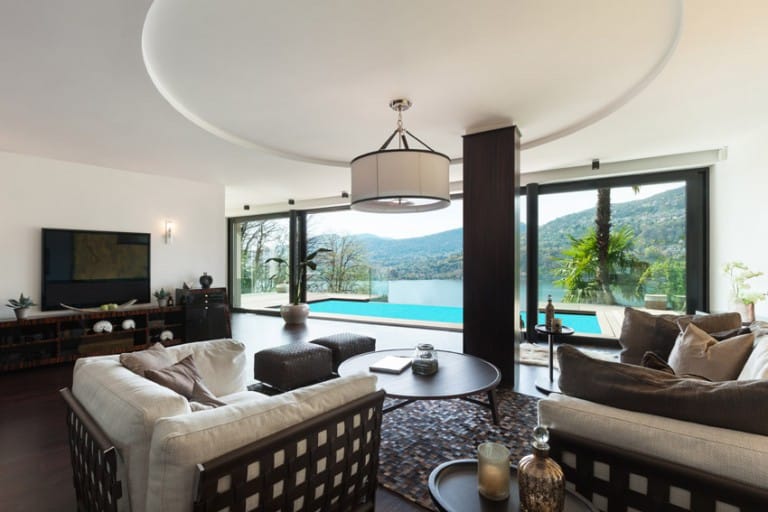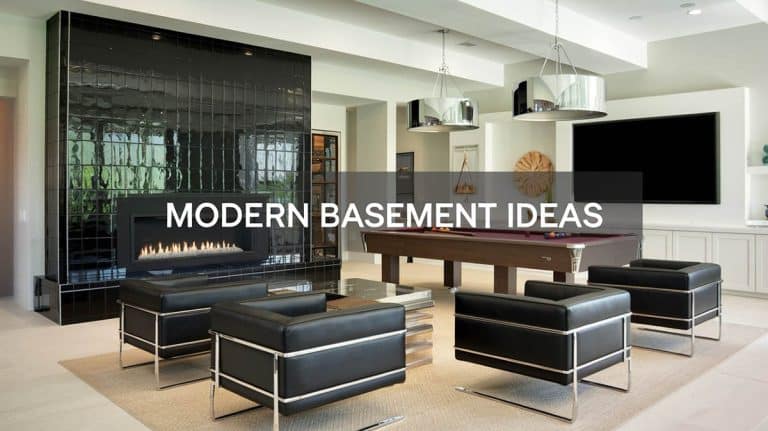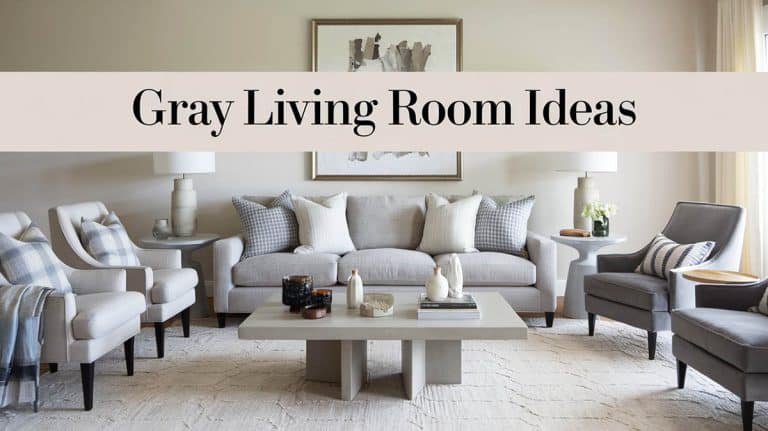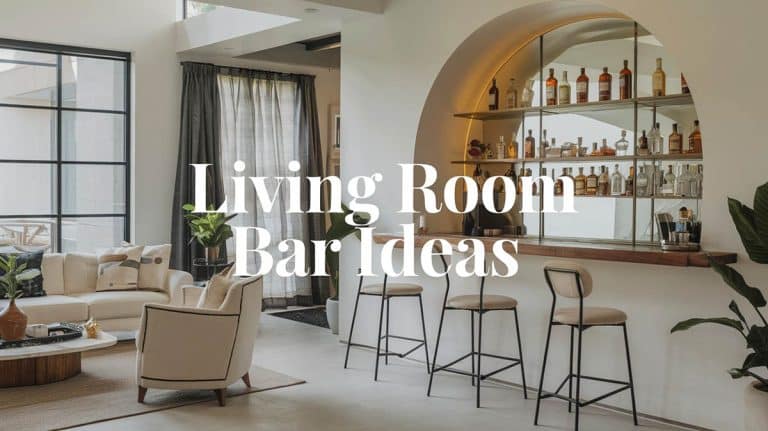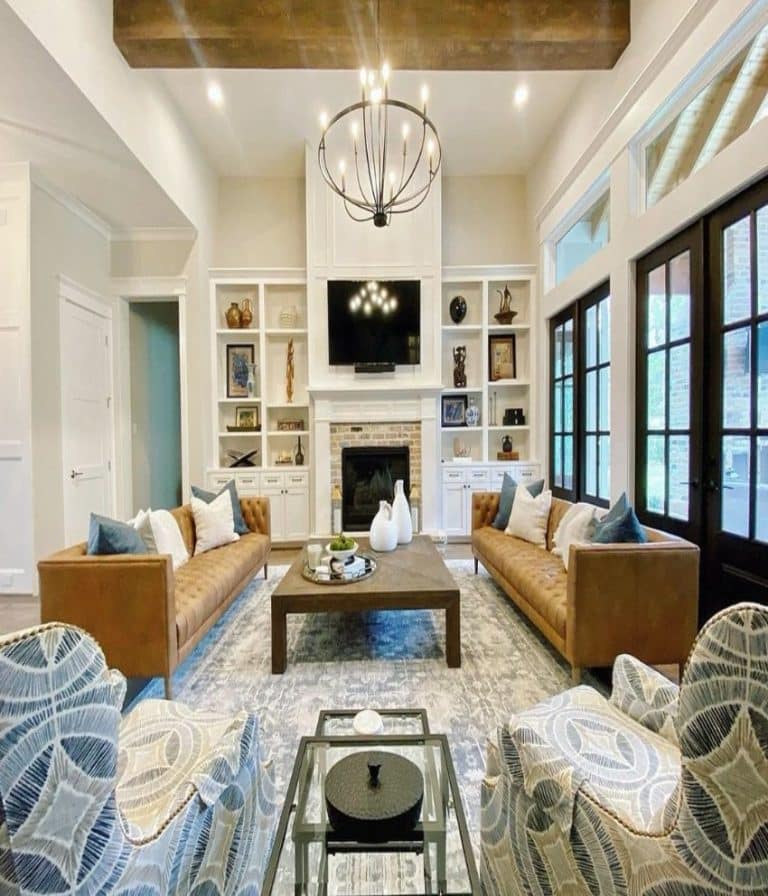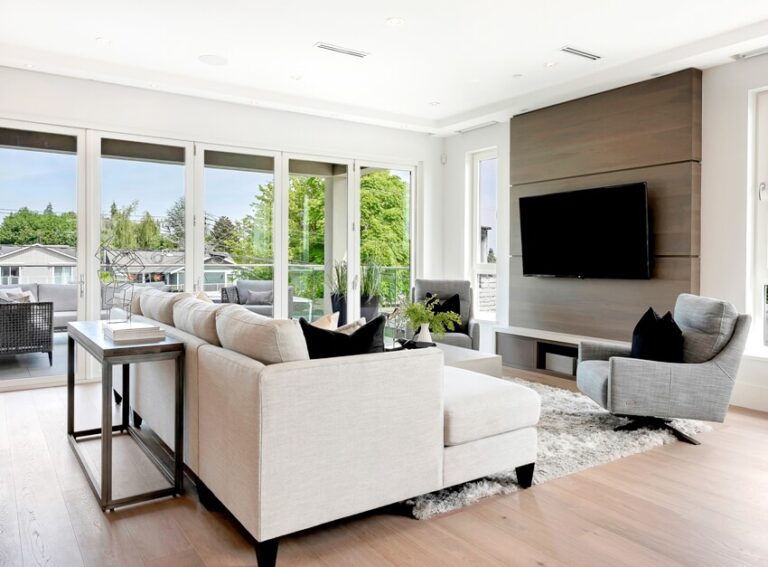Designer Tips For Living Rooms with Hardwood Floors
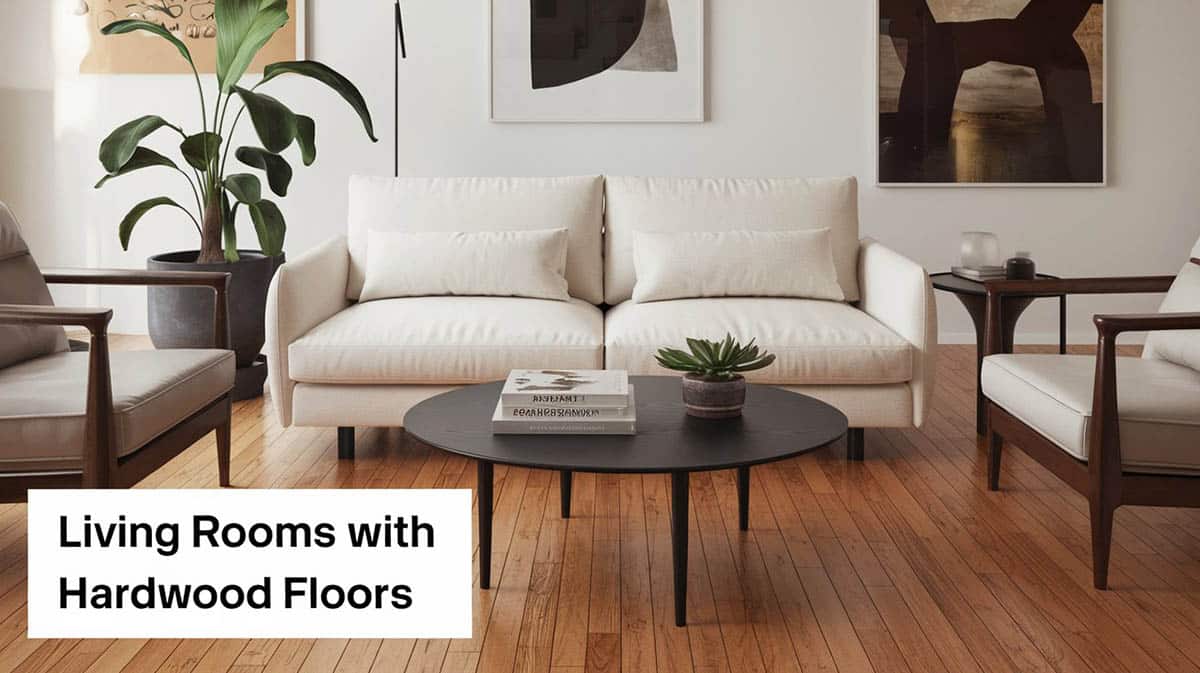
This gallery features beautiful living rooms with hardwood floors. Living rooms shown include a variety of styles such as Mediterranean, rustic, craftsman, transitional, Spanish, Asian, modern, contemporary, and traditional. Solid hardwood is gorgeous and durable. Since it is milled from a single piece of wood, it can be repeatedly sanded and last for decades. Engineered hardwood offers an inner core of wood with an outer layer of hardwood veneer. With engineered hardwood, one can get the same look and beauty without all of the cost. In addition, engineered hardwood is more resistant to heat and moisture than solid hardwood flooring.
Designer Tips For Living Rooms With Wood Flooring
Hardwood flooring acts as both a foundation and a focal point in the living room, so start by choosing a species and finish that complements your design style. By using warm‑toned woods such as oak, cherry, and hickory, you can reinforce Mediterranean, rustic, and craftsman aesthetics. Those who use cooler grays and espresso stains on maple or walnut lend themselves to modern, Asian‑inspired, and contemporary interiors.
Wider planks, those measuring 5 inches and above, create an expansive, transitional feel; narrower strips echo the tighter graining often seen in traditional spaces. A matte or satin sheen hides everyday wear better than a high‑gloss finish, yet still reflects enough light to brighten the room.
Anchoring furniture with area rugs helps define seating zones and also protects the finish from chair legs and foot traffic. Designers typically leave eight to twelve inches of hardwood visible around a rug’s perimeter so the floor remains a design feature. Choose rug patterns that pull a secondary color from the wood’s undertone—for example, a teal accent against a caramel oak floor—so the palette feels intentional rather than accidental. Always use a breathable, non‑slip rug pad to prevent moisture trapping and scratching.
Floorboard orientation can subtly reshape how the room is perceived. Laying planks parallel to the longest wall elongates narrow living rooms, while running them toward a focal point—such as a fireplace or picture window—draws the eye outward, enhancing depth. In open‑concept plans, continuing the same hardwood finish into adjacent dining or hallway areas creates a seamless flow; use herringbone or framed inlay borders only where you want to signal a functional shift.
Because wood is acoustically reflective, balance the room with sound‑softening textiles: draperies, upholstered seating, and layered throws. These not only dampen the echo but also introduce texture, tempering the crispness of extensive hardwood. For rooms with larger windows, opt for lined curtains that just about kiss the floor rather than puddling; excess fabric can collect dust and dull the finish over time.
Finally, hardwood performs best in stable humidity (30–50 percent). Place felt pads under furniture, use entry mats to catch grit, and adopt a no‑shoes policy to minimize scratches. A quick weekly sweep or vacuum with a soft‑bristle attachment, followed by a pH‑neutral cleaner, this helps to keep the grain clear and the stain vibrant. Every seven to ten years, or sooner in high‑traffic households, lightly buff and recoat the surface to preserve its sheen and luster without the mess of a full sanding.

In the picture above, the rustic solid European oak wood floors give this Mediterranean home a more relaxed country vibe. Paired with other neutral colors and a touch of turquoise as an accent, this home definitely looks really relaxing. The walls are plain white, and the ceiling has accent wooden beams in a dark wengue finish. Furniture pieces are mostly upholstered in a light cream color, combined with dark wood stain and a touch of blue on the pillows.

This living room has classic Spanish elements combined with more modern finishes. The floors have a soft golden tone, mostly due to the solid fruit wood flooring and the light cream-painted walls. Furniture pieces are slip-covered armchairs and sofas paired with turned wood details on exposed wooden legs seen on the coffee table. The ceiling also has exposed wooden beams and trusses in antiqued wengue finish, completing the rustic look of the space.
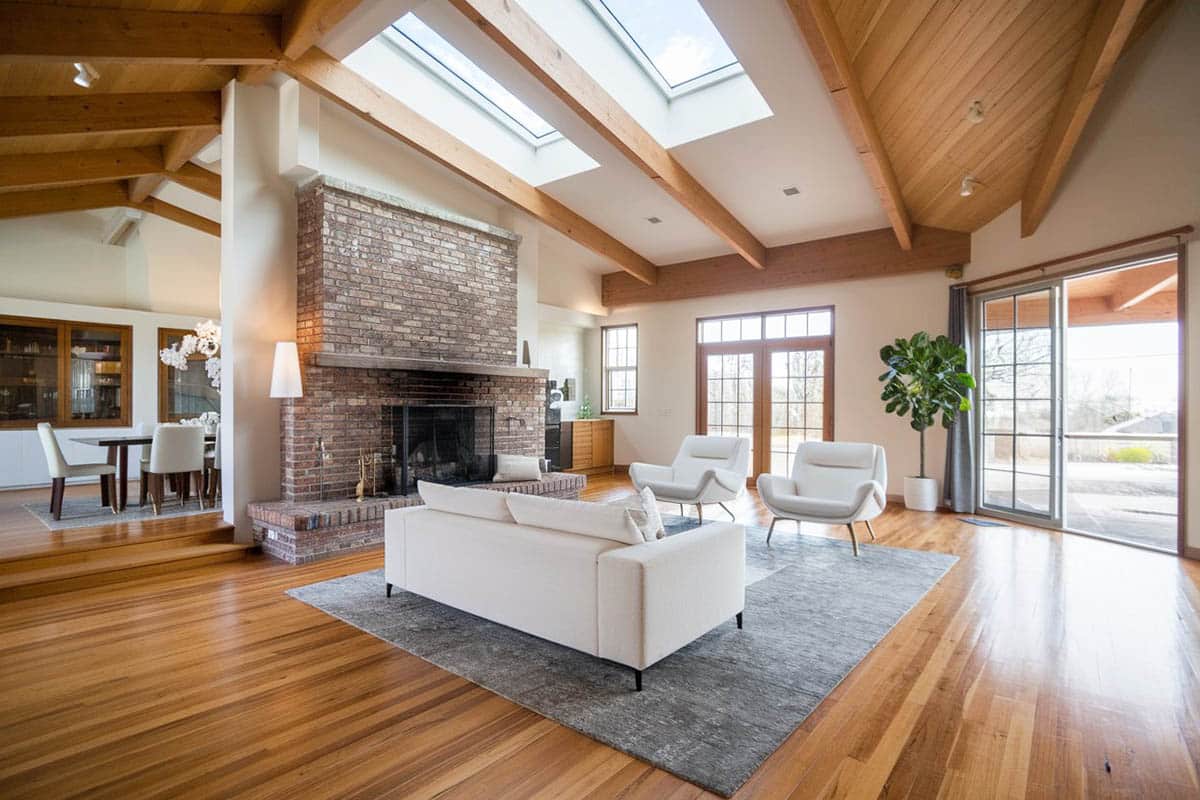
A gorgeous modern contemporary space with solid teak wood floors and ceiling paired with plain white walls, creating a warm yet minimalist background for the furniture pieces. The space is already bright due to the many windows that provide natural light. Still, other than that, there are also six skylights right above the living area, providing more natural light into the space. To keep with the modern look, the furniture pieces are all modern, upholstered in white leather, and have stainless steel legs. The large brick fireplace and the use of some indoor plants add texture and dimension to the space, making the overall look more relaxing and unique.
Related Living Room Interior Design Gallery You May Like:

